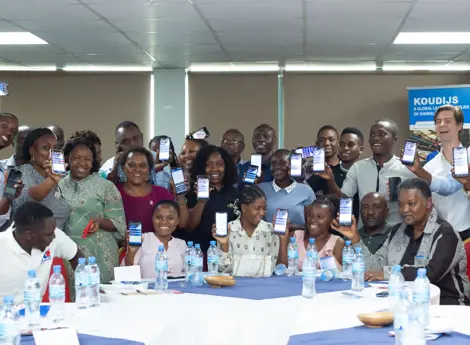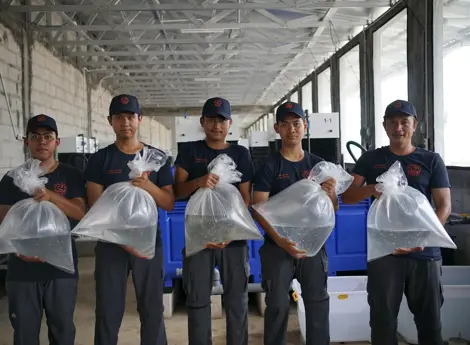Safety and consistency: our two core ingredients for animal feed production
All over the world, De Heus provides farmers with the feed solutions and technical support they need to achieve their individual farm objectives. To meet the nutritional needs of livestock and aquaculture and generate predictable results, De Heus has implemented a consistent feed quality approach across all its business units. So, whether you’re in Poland, the Netherlands or Ghana – every bag of feed that a De Heus factory produces tomorrow will have the same feed quality as today.
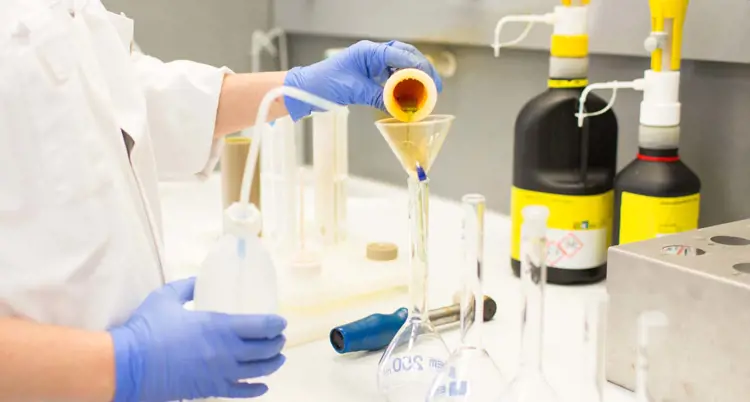
The feed solutions and technical support that De Heus offers farmers must be safe and consistent in quality. Time and time again. A sum of efforts, that starts with the purchase of raw materials and ends with on-farm support, safeguarded by the people from Quality Assurance (QA) and Quality Control (QC). “Quality is a core part of our brand. As QA, we ensure that our colleagues can communicate about the consistent premium quality of our feed,” says Carl IJzerman, Group Manager QA & QC at De Heus global in Ede. “From our raw materials to feed formulation, and from HR to our facility management – every department follows procedures to ensure that De Heus’ quality levels are met,” adds Aisha Senya QA manager of De Heus Ghana. “We take care of those procedures.”
IJzerman and Senya share their experiences of quality assurance within De Heus and reflect on starting up the QA & QC department in Ghana, the value of exchanging perspectives across the globe, and the challenges that lie ahead. The QA and QC departments and feed formulation departments of De Heus are at the heart of delivering safe and consistent feed solutions to farmers.
How does this work?
IJzerman: “When it comes to consistency, QA makes sure that the parameters which make up the quality of a feed solution are defined. Depending on the animal, the quality levels are determined by physical aspects such as hardness and size, and nutritional ingredients like protein, fats, vitamins, minerals and amino acids.
Oyster shells
"Our layer feed is supplemented with oyster shells, a source of calcium that contributes to eggshell quality. Our nutritionist needs these oyster shells to be slightly coarse, because this has a positive effect on the hen’s digestion and calcium intake. Sometimes our factory receives a batch of very fine oyster shells. We can’t use those for layer feed, as it will affect the quality of the hen’s eggshells. Because we have a multispecies factory, we can sometimes repurpose oyster shells that did not meet the expectations for layer feed and use them for broiler or pig feed. That depends on the benefits they are supposed to add to the feed”, says Aisha QA manager at De Heus Ghana.
Decisions on these levels are taken by the formulation department. As QA, we establish the procedures that ensure that these levels are consistent in every batch of feed, while QC establishes the measuring methods and decisions on acceptance. “When it comes to the safety of our products, QA is responsible for setting strict safety level limits and safeguarding them within our research, operations and products.
Senya: “To give an example: when a truck with corn arrives at our factory in Tema, my colleagues from Quality Control take samples and analyse them at our laboratory. The data they get from the analysis is then compared to the pre-set standards and specifications. If the corn doesn’t meet our expected requirements for the feed, in terms of physical parameters or nutritional values, we try to use it for other feed purposes that don’t require the same parameters. However, this all depends on the standards agreed with our customers. Those standards are always leading.”
The most important quality criteria in De Heus’ feed solutions are meeting the nutritional needs of livestock and aquaculture and generating predictable results. Why is predictability so important?
IJzerman: “Every farm is different, in terms of size, animals and available technologies. The feed farmers give their animals must fit with their individual situation and management objectives. If that feed is not consistent, farmers will not get the quality results they need to achieve their objectives.”
Senya: “These results are achieved in combination with good farm management. Our on-the-farm support team visits the farms every day to check on our customers and their results. If a farmer has been experiencing issues, our colleagues first try to resolve them by taking steps in farm management. For example, if eggshell quality is low, it might be enough to change certain practices, such as water accessibility and feed intake of layers. However, if the issues are not a result of farm management, QA & QC can use information from the farm support team and – in collaboration with other departments (depending on the issue) – trace possible causes and come up with resolutions and preventive actions to resolve it.”
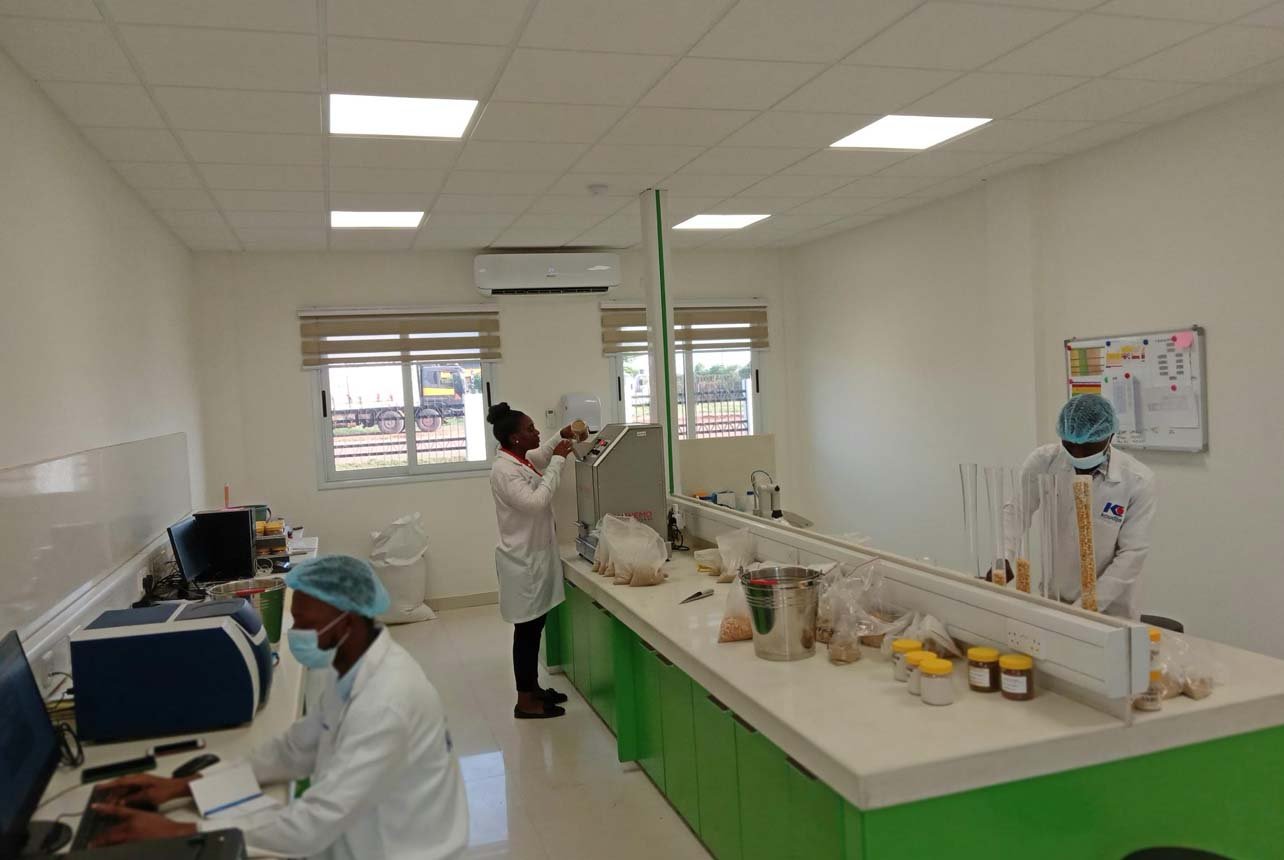
Learn more about our global sustainability approach
Discover our Responsible Feeding ProgrammeEvery country is different and has its own challenges in the context of feed animal production. With almost 20 business units around the world, how do you ensure consistency and safety in feed quality in every business unit?
IJzerman: “My role is to harmonise the QA and QC departments of all our business units, aggregate data and have an overview of what is happening in each business unit and make this data available at a local level. Our most important tool for this is ProQ, our online database. It contains data from all our QA departments – the results of supplier audits, statuses given to a certain source of raw material, and any complaints there may have been, to name a few. It can be very useful for a purchase officer in Poland to know about the experiences of colleagues in the Netherlands who purchased a specific raw material from the same source. Last year, they prevented a potential recall of 10,000 MT of feed thanks to sharing information about the instability of a particular vitamin that could have caused animal health issues.”
“Quality is a core part of our brand.“
Senya: “ProQ also contains all the QA procedures and specifications according to De Heus’ company standards. This was very helpful when we were setting up my department in Ghana, to ensure that our feed consistently meets nutritional needs and generates predictable results. And like Carl says, now that we’re up and running, I can compare documents such as procedures, checklists, and work instructions of similar processes with those of colleagues anywhere in the world. In turn, we share our data from Ghana and help increase De Heus’ collective level of knowledge in quality control.”
IJzerman: “At De Heus’ global department, we try to avoid strict prescriptions as much as possible. Business units must define their own objectives, depending on what they want to achieve at a local level. My team then steps in to help answer the question how they can achieve the objective. But as Aisha mentioned, we do have certain minimum company standards. About maximum dosing tolerances, for example.
“There is one exception. For homogeneity and carry over of medical residues, for example, we have described requirements in great detail. We supplement some of our feed solutions with medicines, for animals that need medical treatment. All over the world, our animal feed production locations must adhere to the same procedures that will prevent any residues from ending up in feed it shouldn’t be in.”
FEED. Magazine
In this magazine, we share a selection of stories about progress and sustainability from De Heus business units all over the world. We hope that these stories will inspire you
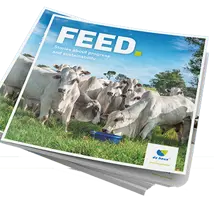
In the field of quality, what would you say are some of the biggest challenges heading your way?
Senya: ‘This year, we’ve been experiencing heavy rains during the dry season in Ghana. This can have an effect on aflatoxin (toxic mould) levels in both grains and feed, which increase with a lack of sun to help dry the grains and more moisture in storage houses. For our QA & QC department, this means we might be getting more raw materials with inconsistencies in quality. We collaborate with our purchasing team to inform farmers about good warehouse practices that will improve the final quality of their stored raw materials. When they deliver raw materials that we reject, we help them understand the standards and requirements for their products. They have learned to appreciate that. Despite not being in direct contact with suppliers or customers, as QA manager I can improve quality thinking on both sides of the chain and help raise the quality level.”
IJzerman: “Climate change will increase the prevalence of mycotoxins in raw materials – global attention to it will become more prominent, I expect. At the same time, there is an area of tension between the increasing accuracy of laboratories versus the level of detail in legislation worldwide. They are no longer in parallel. Now, legislation is based on the principle ‘If you cannot measure it, it is acceptable’, while laboratories are capable of measuring in more and more detail. If legislation stays the same, this will lead to an unworkable situation. It’s an issue for the global food chain that needs political attention in the near future. Along with some other colleagues, I am active in FEFAC and trying to address these issues in industrywide dialogues.”




